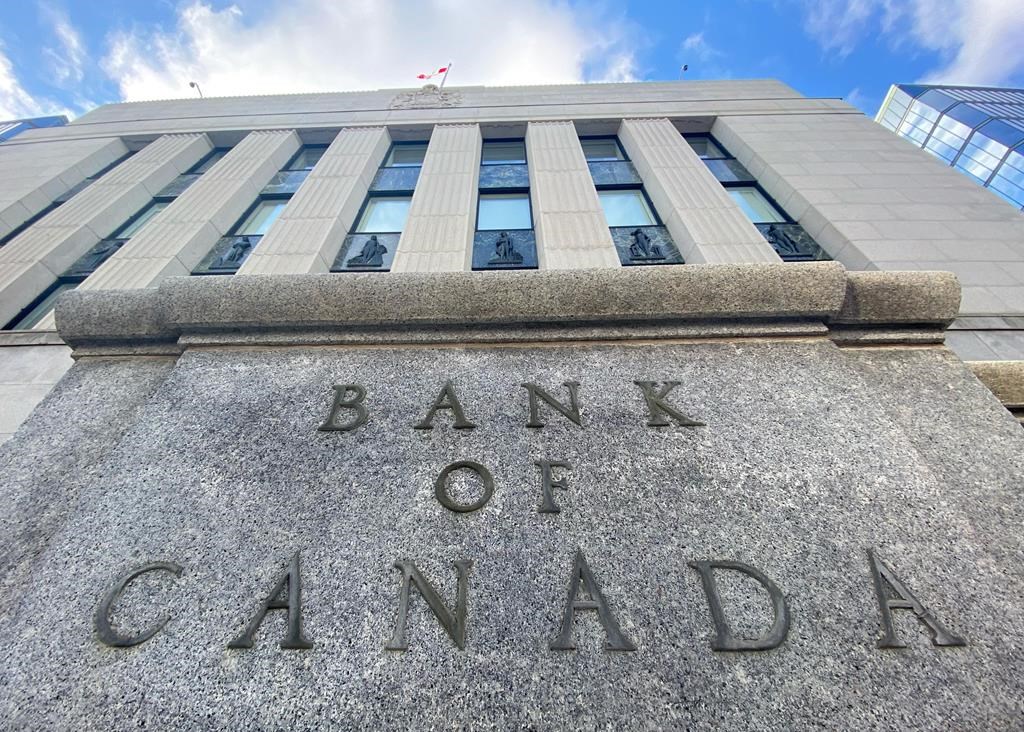It’s been several decades since inflation reared its head as an election issue. That’s because it’s been ultra-low for the last 30 years: averaging under 2 per cent since 1991 when the Bank of Canada adopted that as its official target.

But the non-issue also reflected an unwritten agreement among politicians that it wasn’t Parliament’s place to manage monetary policy. Rather, it’s better left to the technical experts at the central bank. Indeed, in the 2011 campaign, Conservative leaders (including Stephen Harper and Jim Flaherty) scolded the NDP’s Jack Layton for even raising monetary policy as an issue. Flaherty called it “amateur hour.”
That hands-off approach has been abandoned this time, however. Instead, outspoken Conservative MP Pierre Poilievre has been vociferously attacking the Liberal government and the Bank of Canada – accusing the latter of serving as Mr. Trudeau’s ATM for financing big pandemic spending. And the official Conservative campaign has taken up this crusade. Leader Erin O’Toole denounces “Trudeau’s inflation,” blames Ottawa’s money printing, and pledges to wrestle prices back down.
The latest inflation numbers, released Wednesday by Statistics Canada, are throwing gasoline on this political fire. (Incidentally, gasoline has been the biggest source of higher prices!) Year-over-year inflation in August reached 4.1 per cent.

Is that a worry? Let’s dissect the math and politics of inflation to see if it deserves the attention it’s getting – and evaluate the respective parties’ promises to get inflation under control.
The best inflation rate is not zero
Economists have learned that a bit of inflation lubricates markets and helps the economy adjust. Our Bank of Canada thinks 2 per cent is best. That’s a goal, not a maximum. It’s just as bad when inflation is below target as when it’s above – although politicians don’t pay as much attention. In the last decade, inflation in Canada has fallen below the target twice as often as it rose above it.
Inflation has not surged so much as rebounded
Much of the current increase in inflation is a statistical illusion. Prices actually rose more slowly in August than in previous months. But Statistics Canada reports inflation on a year-over-year basis: comparing prices this August to where they were last August.
Moreover, consumer prices fell during the first months of last year’s pandemic. So higher inflation in the subsequent 12 months only offsets weaker (or negative) inflation in the previous period. Over the full two years, inflation was 2.1 per cent – almost exactly on target.
Reopening after COVID
Some of the price increases we’ve seen for specific products and services (like restaurants, hotels and some retail) clearly reflect short-term pressures from the mass reopening of thousands of businesses at once. We’ve never experienced sudden supply disruptions of that magnitude, and it’s to be expected that some temporary bottlenecks will arise.
Inflation is a global trend
Countries worldwide are experiencing higher prices as companies reopen, consumers spend more, and supply chains rebuild. In the U.S., inflation is currently running at 5.3 per cent, higher than Canada’s. However, most economists view this as a sign of recovery, not an impending crisis. And the expectation of financial markets (reflected in bond yields) is that inflation will return to around 2 per cent within a year.
Whether inflation is a real problem or not, it’s certainly become an issue in this election campaign. So what are the major parties proposing to do about it?
The Conservatives have emphasized inflation, but curiously, neither “Bank of Canada” nor “monetary policy” even appear in their 86-page platform. The most specific recommendation regarding inflation is to expand access to subsidized mortgage insurance, tying it to house price inflation (the Liberals have a similar promise). But that could increase house prices, not decrease them.

It’s probably safer for the party to steer clear of specifics on monetary policy – because if Conservative threats about cracking down on inflation (and the Bank of Canada) were taken seriously, it would likely disrupt financial markets and undermine the party’s whole economic narrative. If an O’Toole government really did order the Bank of Canada to stop “printing money” (by curtailing its quantitative-easing policy), interest rates would spike, house prices would plunge, and bond markets would be thrown into a tizzy. In the U.S. and other countries, even contemplating a phase-out of QE roiled markets. So actually, ordering the Bank to stop would likely spark a full-blown crisis.
The other major parties are also mostly silent on monetary policy. Only the NDP even mentions the Bank of Canada, which it says should help finance climate investments. All three major parties address specific affordability issues – like the NDP’s pledge to cap cell phone bills, the Liberals’ plan to review bank charges or the Conservative proposal to invite foreign telecom providers into Canada. Those measures can all be debated, but none would have a measurable impact on overall inflation.
So voters should probably ignore all the hot takes on Canada’s rising inflation. In reality, it reflects global and macroeconomic factors that government has little control over. And while critics call it “Trudeau’s inflation” today, it will ultimately have to be renamed after whoever is the next resident of 24 Sussex Drive.
Jim Stanford is an economist and director of the Centre for Future Work, based in Vancouver.




Comments